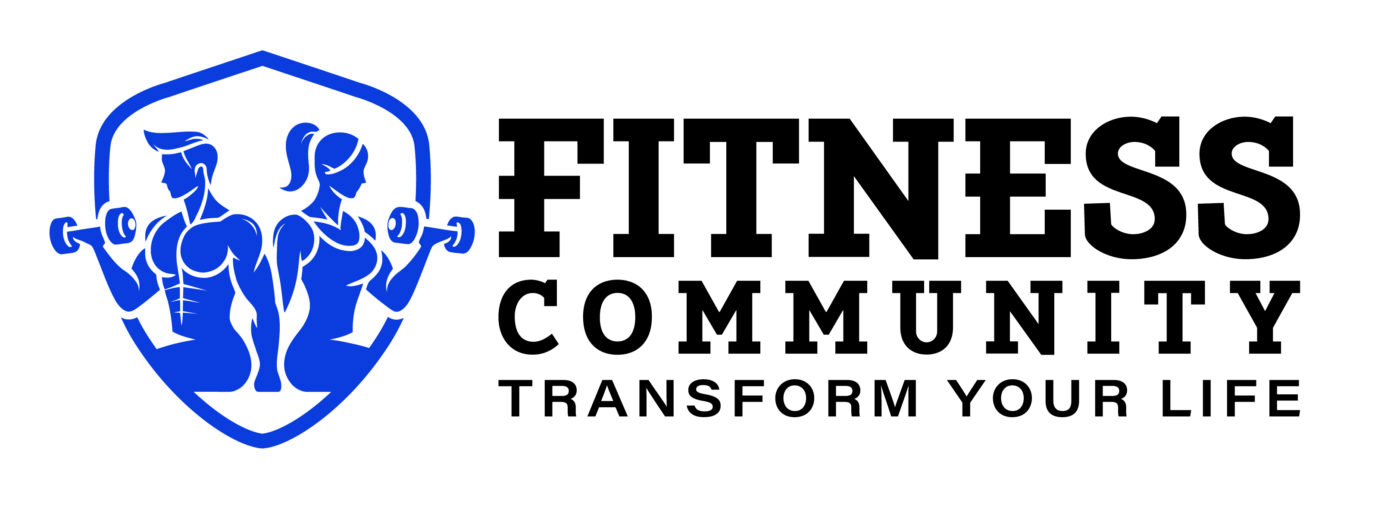STRENGTH TRAINING
The 5 Best Kettlebell Exercises Personal Trainers Swear By for Strength and Muscle Growth
Kettlebells are among the most versatile fitness tools, allowing you to perform a wide range of exercises that target strength, endurance, and mobility. Whether you’re using one or two kettlebells, these compact weights can help you push, squat, pull, lunge, and swing your way to a stronger body.
But which kettlebell exercises are the most effective? And which do personal trainers rely on for their own workouts? Before diving into specific exercises, it’s essential to understand the foundational movement patterns that underpin kettlebell training. Mastering these movements will allow you to structure workouts that build strength, improve endurance, and enhance overall fitness.
The Five Most Effective Kettlebell Exercises for Strength and Muscle
The key kettlebell movement patterns include squats, cleans, snatches, swings, and presses. While deadlifts are a staple strength exercise, barbells are typically preferred for maximum load training. That said, kettlebells excel at dynamic, full-body exercises that build power, coordination, and mobility.
Here’s a breakdown of the five essential kettlebell exercises:
1. Kettlebell Squats
Kettlebell squats are fundamental for lower-body strength, core stability, and joint mobility. These exercises engage major muscle groups like the quadriceps, hamstrings, hip flexors, and glutes.
Different squat variations allow you to shift emphasis to various muscle groups. Some effective variations include:
Goblet squats
Single-arm front rack squats
Overhead squats
Back squats
Unilateral loading—using a kettlebell on one side of the body—challenges balance and core stability while reducing muscle imbalances. Studies suggest this type of training can even stimulate muscle engagement on the opposite side of the body, a phenomenon known as cross-education.
2. Kettlebell Presses
Pressing exercises target the shoulders, triceps, and chest while also engaging the core. The overhead press, in particular, is excellent for strengthening the shoulders and improving mobility by activating the rotator cuff muscles.
Some effective kettlebell pressing variations include:
Single-arm press
See-saw press
Thruster (squat to press)
Push press
Clean and press
Training with a single kettlebell helps prevent muscle imbalances by ensuring that both arms develop strength evenly, rather than allowing the dominant side to take over.
3. Kettlebell Cleans
The kettlebell clean is a fundamental movement that transitions seamlessly into other exercises like squats and presses. This explosive pull movement lifts the kettlebell from the floor to the front rack position at shoulder height in one fluid motion.
Key clean variations include:
Traditional clean
Clean and press
Squat clean
Mastering the clean improves coordination, grip strength, and full-body power, making it a valuable addition to any kettlebell workout.
4. Kettlebell Snatches
The kettlebell snatch is one of the most technically challenging yet rewarding exercises. It involves pulling the kettlebell from the floor to an overhead position in a single, powerful motion. The movement requires precision and control to avoid the dreaded forearm slap.
Snatches activate multiple muscle groups, including the shoulders, traps, arms, core, and legs, making it a powerhouse move for total-body strength. Beginners should start with a lighter weight and focus on form before increasing load.
5. Kettlebell Swings
Kettlebell swings are among the most popular and effective exercises for building strength and power. This explosive movement targets the posterior chain, including the back, glutes, hamstrings, and hip flexors.
Key swing variations include:
Russian swings (chest height)
American swings (overhead finish)
Single-arm swings
Alternating swings
Proper form is crucial: think of the movement as a hip hinge rather than a squat, keeping a soft bend in the knees while driving power through the hips.
Should You Use One or Two Kettlebells?
Both single- and double-kettlebell training offer benefits. Training with one kettlebell enhances balance, coordination, and core stability, as your body must work harder to stabilize itself. This unilateral training can also help correct muscle imbalances.
Using two kettlebells allows for heavier loading and symmetrical movements, making it ideal for building maximum strength. Ultimately, the choice depends on your training goals and experience level.
Can Kettlebells Help Build Muscle?
Absolutely. Building muscle (hypertrophy) requires progressive overload—continually increasing resistance over time. Kettlebells provide resistance training that stimulates muscle growth, particularly when paired with high-rep sets and controlled eccentric movements.
Additionally, explosive movements like swings, snatches, and cleans train fast-twitch muscle fibers, which are responsible for generating power in activities like sprinting and jumping.
Final Thoughts
Kettlebells are an excellent tool for building strength, muscle, and endurance while improving mobility and coordination. By mastering fundamental exercises like squats, presses, cleans, snatches, and swings, you can create a solid foundation for effective kettlebell training. Whether you’re a beginner or an experienced lifter, incorporating these movements into your workouts can help you achieve your fitness goals more efficiently.

